Audio Autopsy: Michael Zager Boogies From Late '60s Rock to '70s Disco🕺"Let's All Chant"💃
The rare career move across decades from a ten-piece rock band with a female lead singer to a hit-making career producing disco records makes this New Jersey native one-of-a-kind!
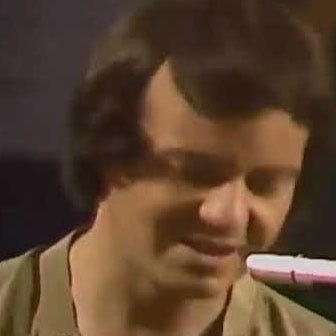
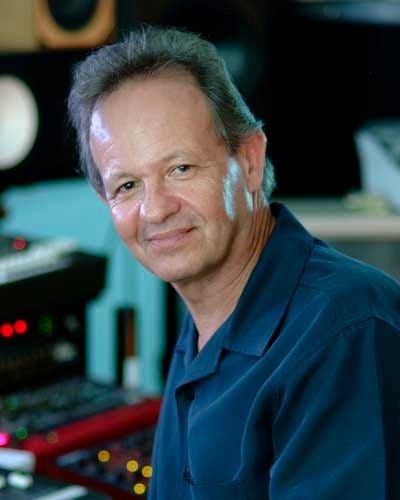
of The Twelve Inch:
Who is Michael Zager? That’s a question I first asked myself back in 1978. I was 15, and had reluctantly accompanied my mother on a shopping trip to Antwerp. Shopping with her wasn’t exactly my idea of fun, but there was one perk: We passed a record store on our way to the train station, and I got to pick out a record!
Zager and band, synching-to-track on “Let’s All Chant” in a Madrid TV studio in 1978:
I chose Let’s All Chant, the 1978 album by The Michael Zager Band. Disco was my passion, and “Let’s All Chant” was a massive hit at the time. I loved the song, but the album itself didn’t quite live up to expectations. I remember feeling that tracks like the “Dancin’ Disney” medley were a waste of vinyl. Sometimes you win, sometimes you lose.
“Let’s All Chant” wasn’t followed by another big hit for The Michael Zager Band, so that record slowly disappeared into the back of my collection, and I didn’t think much more about Michael Zager.
Years later, though, as I started collecting twelve-inch singles, his name began popping up on liner notes, and I noticed something interesting: A lot of my favorite disco tracks were produced by him! His production style had a certain quality that just resonated with me. But what exactly was it?
Michael Zager’s career, in many ways, mirrors the rise and evolution of disco itself—from its underground roots in the early 1970s, its explosion after Saturday Night Fever, and the backlash in 1979, after which disco morphed into “funk” and “dance” in the early ‘80s.

Zager’s journey was intertwined with that era’s music scene, shaped by a partnership with Jerry Love, whom he met when Love, an East Coast music director, wanted to sign Zager’s band, Ten Wheel Drive, to A&M Records (more on that band, coming up).

Although the deal didn’t happen, the two formed a production team in 1975, calling it Love Zager Productions. Initially, Zager worked mainly on commercials, so he had a pulse on emerging musical trends. Their first release, “Do It With Feeling” (written by Zager, and Bang Records hit singer/songwriter, Paul Davis) credited to Michael Zager’s Moon Band, featured Peabo Bryson (now 73), a singer who happened to be in the Atlanta studio on the day they recorded:
At first, Love & Zager didn’t focus exclusively on disco—they also produced pop, jazz fusion, and a soul album with Cissy Houston. But by 1977, they went all-in on disco, recording hits like Andrea True Connection’s “What’s Your Name, What’s Your Number” (written by Bobby Woods and Roger Cook) following her “More More More” smash:
They also released “Spandisco” with the Afro Cuban Blues Band, but their true breakthrough was “Let’s All Chant.” That track, built around its iconic “ooh ooh” chant, was inspired by a sound they heard in a club.
It became a global hit, selling over 5 million copies, and perfectly showcased Zager’s preference for classic orchestral disco arrangements over the electronic “Eurodisco” style popularized after Saturday Night Fever.
The Love Zager sound stood out with its lush orchestrations, layered hooks, and rich brass and string sections. This depth and dynamism were clearly evident in tracks like Cissy Houston’s “Think It Over,” written by the late Ms. Houston (1933-2024), Zager, and Alvin Fields, with Zager producing, and Jerry Love executive-producing:
Enjoy Pe’s recent essay on Ms. Houston’s recordings, and her influence on Whitney’s career that went far beyond parental:
Following the success of “Let’s All Chant,” they moved to larger labels, with Zager signing The Michael Zager Band to Columbia Records and The Afro Cuban Band to Arista.
They started producing bigger acts, like The Spinners and Johnny Guitar Watson, and evolved from disco into early ‘80s funk, transforming the Michael Zager Band into the M-Zee Band for Warner Bros.’ Mirage imprint. But, the hit-making streak waned.
Love & Zager, though, did well with Spandisco tracks like “Spanish Harlem” and “The Speak Up Mambo”:
But, their efforts to remix the Stones or ‘60s Bee Gees songs for European and Japanese labels didn’t quite work, though one might assume the payout was worthwhile:
After producing Cissy Houston’s first album in 1977, Zager and Love went on to produce two more disco-heavy albums for her, delivering several club hits. Whitney Houston, her daughter, would later go on to outshine her, but it’s worth noting that her first recorded song, “Life’s a Party,” was for The Michael Zager Band—she was just 14 at the time.
Now 81, Michael Zager would become professor of Music and Composition at the Florida Atlantic University in Boca Raton, on Florida’s east coast. He’s published books on music production, arranging and making radio commercials.
🎵The Zager Years:🕺Before Disco, There Was Rock!🎸
of FRONT ROW & BACKSTAGE:
Like Pe, I was aware of Michael Zager in 1978, but unlike Pe, I was not at all focused on his dance’n’disco output. At the time, I was 23, and working at a large Houston retail store, Cactus Records, and saw the name a lot (as Pe did) on the various soul and disco product we’d end up racking!
And, as with most people in the late-‘70s, disco was omnipresent (along with punk, something I was far more into!), and I had my favorite disco bangers: Gloria Gaynor’s “Never Can Say Goodbye” (1974, written by Clifton Davis), Yvonne Elliman’s 1978 SNF soundtrack offering, “If I Can’t Have You,” The Bee Gees’ “Tragedy” in 1979 (which I loved karaoke-ing a decade ago), and some others.
I’m noticing now, those tracks all seem to have some sort of rock base, and lack the mind-numbing thump-thump-thump and mindless repetition of a 3-word chorus over a 14-minute club mix! And, they all have an unmistakable production excellence, mostly employing sweeping strings, and prominent horn arrangements!
Curiously, our musical man of the hour, Michael Zager, had his own rock beginnings in the late-’60s, before turning his talents to the dance floor (and the music that makes said floor pulse and throb)!
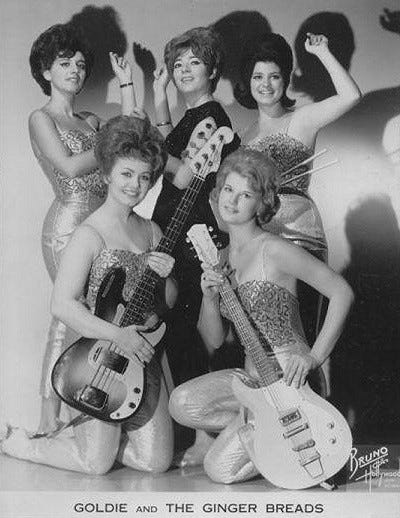
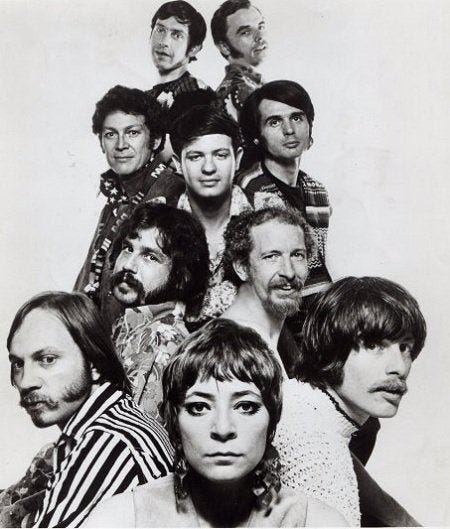
“Can’t You Hear My Heartbeat”: With both versions released in early 1965, all-female rockers, Goldie & The Gingerbreads barely beat out Herman’s Hermits as the first to hit the charts in the UK with this John Carter/Ken Lewis ditty, but the gals’ version wasn’t released in the States. Herman’s Hermits’ version got to #2 on the U.S. pop charts. Here’s the one American radio listeners didn’t hear:
The 25-year-old Passaic, New Jersey native, Zager, joined jazz-rockers, Ten Wheel Drive in 1968. That year, after the break-up of Goldie and the Gingerbreads, Genya Ravan was looking for a new band, as was keyboardist Zager, and guitarist, Aram Schefrin. Acquainted by their managers, the three musicians would become the nucleus of this new horn-driven band, Ten Wheel Drive:
Before we dive further into the TWD story, it should be noted that Goldie and the Gingerbreads were the first all-female rock band signed to a major record label (Decca, 1965). It would be four years before producer, Richard Perry, signed the 4-piece Fanny to Reprise/Warner Bros. Records.
The former Genyusha Zelkovicz became Goldie Zelkowitz when she (at 7), her parents and a sister arrived in the U.S. as Holocaust refugees from Poland in 1947.
Ravan, now 84, also made history of a sort by producing the debut album by Cleveland’s Dead Boys in 1977, Young, Loud and Snotty, for Sire/Warner Bros. Records. I spent some time with the DBs the following year, and even learned a cool rock-forward, hotel-room admission by guitarist, Jimmy Zero, here:
Ten Wheel Drive (with Ravan as lead singer) ended up recording four albums…three on Polydor Records, one each year from 1969 through 1971 (neither got higher than #151 on the U.S. Album chart), and a self-titled 1973 album for Capitol, which failed to chart.





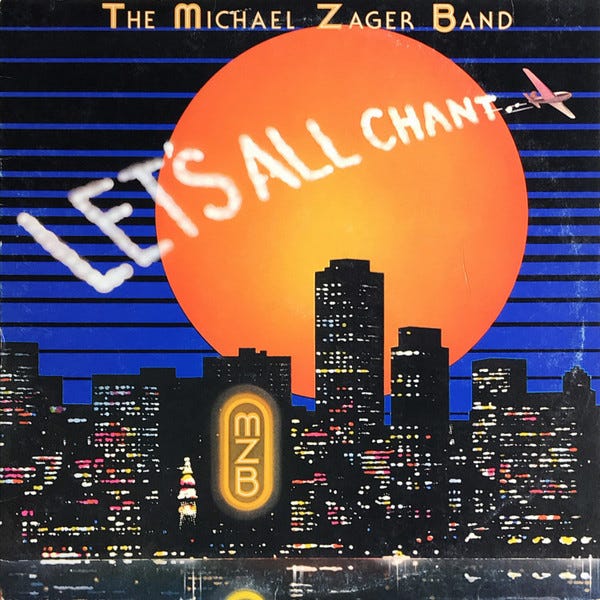

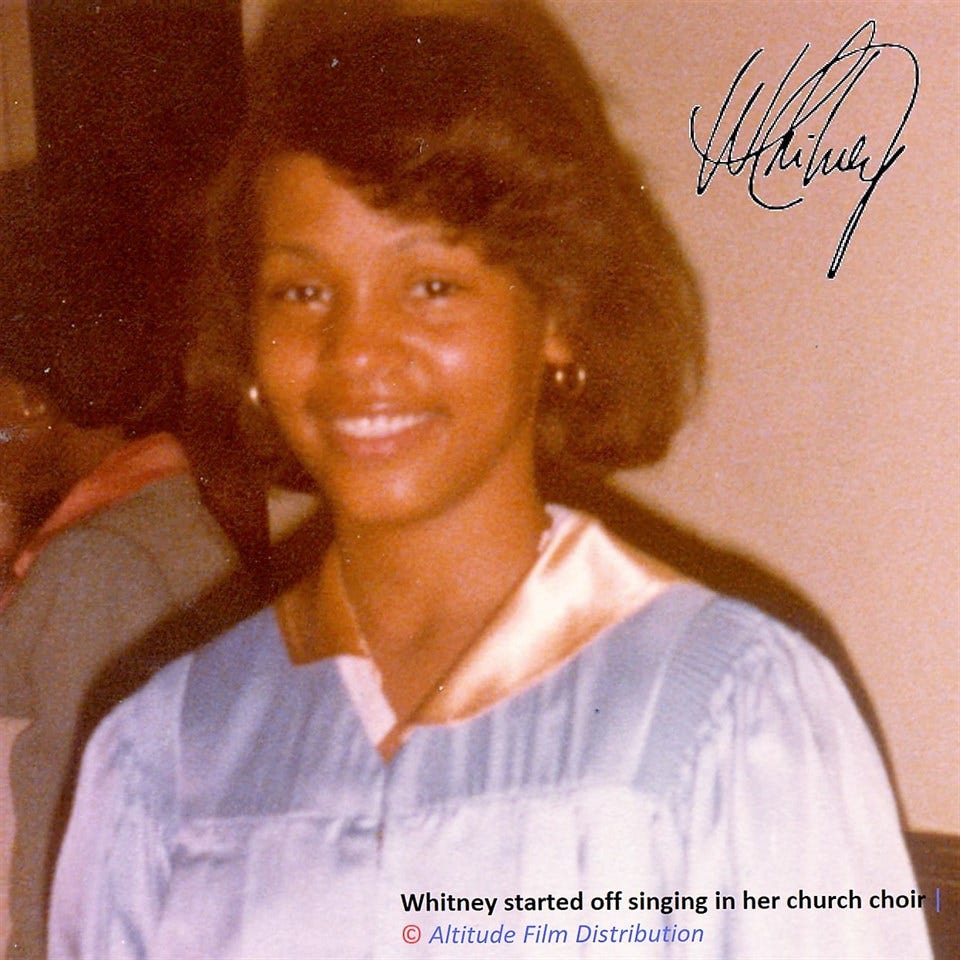

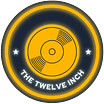
Nice work, gents! So much to unpack here. I loved reading each of your perspectives and how they are similar and different in equal measure!
I also love this thing Pe said about realising most of his favourite disco tracks were produced by Michael Zager. I equally loved Brad’s filling us in with Zager’s rock and roll past.
Thanks for such an informative post!
This brings back memories of hitting the dance floor and doing the hustle to all these disco hits, because all that mattered was that disco beat. But for listening I was in Brad's camp, preferring the songs with a rock base. A really fun era to revisit!